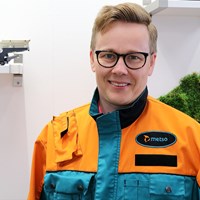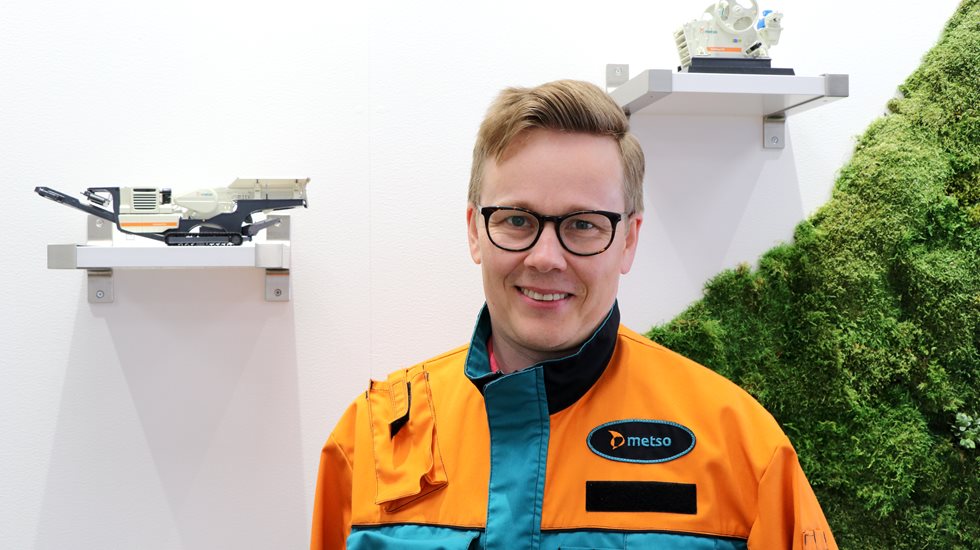Q1: Is there an official classification for what can be called manufactured sand?
There is no official definition for manufactured sand. Actually, there is not even a unified name since the product also goes by the name crushed sand, artificial sand and M-sand. Still to call sand manufactured sand it should be purpose-made. That’s the main requirement although there are of course many purposes for the product. Another way to define it is by the size distribution and the maximum size. These vary depending on the local specifications, but generally, manufactured sand’s grain size is under 5mm.
Q2: What are the characteristics of high-quality manufactured sand?
There are two main characteristics that affect the quality of manufactured sand. First, the sand quality needs to meet the end purpose. To ensure this we look at things like the grading curve and the shape of the material. Grading curve tells us how much of the material falls into certain size fractions. Shape is measured by studying the aspect ratios of single grains and defining the content-% of odd shaped particles. Sand quality is quite commonly measured also indirectly by a flow cone device, giving as a result sand flowability and VOIDS-%.
We can then adjust the crushers and screens to ensure that we have the required percentage passing the wanted size. When designing and selling solutions for producing manufactured sand we also consider what is beneficial for the end user of sand. For example, the percentage of micro-fines, meaning materials smaller than 74 microns, must be under scrutiny if the sand will be used for concrete.
Good sand for concrete shape-wise is the material that has a non-flaky structure with rounded corners resulting into low sand VOIDS-%. In addition, the material cannot be reactive. Reactive rock materials results to shorter lifespan of concrete structure by causing cracks again causing reinforcement steel to corrode and generally by losing the strength properties of concrete. The second characteristic of high-quality is that the manufactured sand is consistently of the same quality. Otherwise the end-customer cannot ensure the consistent quality of their end product nor optimize the concrete recipes.
Q3: Manufactured sand can be processed through wet processing or dry processing. How do these two methods differ?
Wet processing needs water and the amount can be quite considerable. For some plants acquiring large amounts of water can be a challenge. Unfortunately, the water treatment is necessary when the material is already moist. Another reason to use wet equipment is if there are some impurities. These impurities include for example clay that reduces the quality properties of concrete but can luckily be removed by washing in most cases.
If we design a process with dry material, we can use equipment like dry screens and air classification for the fines classification. The benefits of dry processing are that there is no need for water and the plant has better control over the micro-fines. Dry processing also allows plants to collect the micro-fines into silos so that they can be used later on if needed. This process cannot be done easily with wet processing.
Q4: What benefits can Metso Outotec solutions offer for producers of manufactured sand?
When it comes to manufactured sand production, it is important to manage the material flows of the plant. This requires skill in combining different equipment into a streamlined process. The cooperation with Metso begins with examining the customers processes and then determining the best equipment for that individual client. The aggregates producer needs certain products with certain grading and we propose a system that will get them the desired result.
In order to make the suggestion we must know how the rock at their plant is behaving. That is why we run thorough rock tests to find out what kind of and what size of equipment we need to get the desired end result. The requirements are related to the material properties of the rock including how hard and abrasive it is and whether the material reacts to moisture. Our equipment like Barmac® B Series™ (VSI) crushers or Metso Air Classifiers focus on maintaining the same product quality hour after hour and day after day resulting in a consistent sand product.


